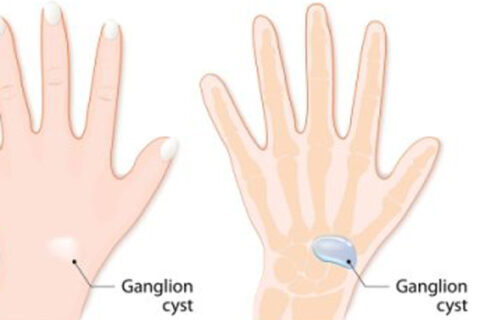What Patients Need to Know About Recurrent Neuromas

Are you planning to see a podiatrist in Sugar Land because of recurrent neuromas? If so, then continue reading to learn some important information about this type of foot problem and reconstructive foot surgery.
Characteristics
A painful condition that is sometimes referred to as a nerve tumor or pinched nerve, a neuroma is a benign tissue growth that is often located between the third and fourth toes. Neuromas are more common in women than in men and can be a recurring problem.
Symptoms
Sharp, localized pain or tenderness in between the toes and in the ball of the foot are the 2 most common symptoms of a neuroma. Numbness and tingling in the ball of the foot, a burning sensation in the ball of the foot and between the toes, and swelling between the toes are also possible symptoms.
Causes
Podiatrists aren’t clear on the cause of neuromas. However, there are factors that are associated with the formation of these painful growths. Trauma, for example, can damage the nerve and result in swelling and inflammation. Also, footwear that squeezes the toes together may increase your risk for this condition. For this reason, foot doctors advise that patients who suffer from recurrent neuromas wear shoes with a wide toe box and avoid heels higher than 2 inches. Finally, working in an industry that puts repeated stress on your feet or toes may lead to or aggravate a neuroma.
Solutions
Wearing proper footwear can be important for managing neuromas. Choose shoes with low or no heels, shock-absorbent soles, and plenty of room for the toes. Also, adding shoe pads to your footwear can relieve pressure from the painful area, and resting the affected foot as much as possible and applying an ice pack can provide relief from neuroma symptoms. If non-invasive options fail to prevent your neuroma from recurring, then your podiatrist may recommend foot surgery. During the procedure, the affected nerve is removed. This treatment can typically be performed on an outpatient basis, and recovery time is usually less than a month.

